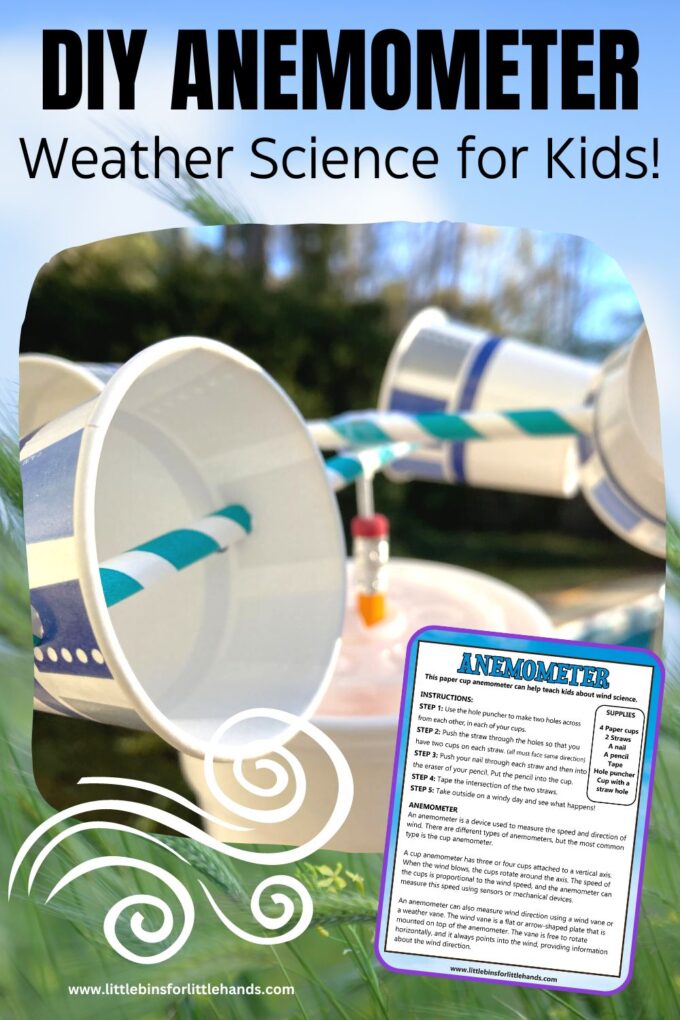Anemometers Revealed: Recognizing Their Importance in Environmental Surveillance and Safety Measures
The function of anemometers in environmental tracking and safety steps is typically taken too lightly, yet their significance is undeniable. From weather forecasting to air travel safety and security, anemometers play a vital role in giving precise data that educates decision-making processes and enhances overall safety.
History of Anemometers
The advancement of anemometers can be traced back to the ancient human beings where simple wind determining gadgets were initial utilized. One of the earliest recognized anemometers was the hemispherical mug anemometer designed by Leon Battista Alberti in the 15th century.
In the 18th century, the prominent researcher John Thomas Romney Robinson presented the Robinson anemometer, which featured four hemispherical cups installed on straight arms that extended from a central axis. This style ended up being a criterion in meteorological measurements as a result of its accuracy and reliability. Over the years, developments in technology caused the growth of more modern-day anemometers, consisting of ultrasonic anemometers and laser Doppler anemometers, using boosted accuracy and effectiveness in measuring wind speed and instructions. The history of anemometers showcases an amazing trip of advancement and progress in the area of weather forecasting.
Sorts Of Anemometers
Throughout the field of weather forecasting, numerous kinds of anemometers have been established to precisely measure wind speed and direction. Sonic anemometers utilize ultrasonic signals to measure wind speed and direction accurately. Hot-wire anemometers operate based on the principle that the cooling impact of wind on a heated cable is symmetrical to the wind rate.
Applications in Meteorology
Having gone over the numerous types of anemometers utilized in meteorology for measuring wind rate and instructions, it is important to discover their practical applications in the field. Anemometers play an essential duty in meteorology by giving exact and real-time data on wind problems (anemometer). Meteorologists use anemometers to check wind rate and direction to anticipate weather condition patterns, problem cautions for extreme weather occasions like storms, cyclones, and twisters, and evaluate atmospheric conditions for aeronautics safety and security
In meteorology, anemometers assist in comprehending local and local wind patterns, which are important for forecasting climate changes and determining climatic patterns. These devices are additionally used in research study to examine microclimates, metropolitan warm islands, and air pollution dispersion. Furthermore, anemometers are used in farming to maximize plant administration methods, such as irrigation and pesticide application, based on wind problems.
Significance in Air Travel Safety
An integral aspect of making certain aviation security lies in the meticulous tracking of wind problems making use of anemometers. Anemometers play a crucial function in aeronautics by supplying real-time data on wind rate and instructions, assisting pilots in making informed choices throughout touchdown, liftoff, and flight. Unforeseeable and solid winds can significantly impact aircraft operations, making it essential for aeronautics authorities look what i found to rely upon accurate wind measurements to guarantee the safety and security of passengers and team.

In the dynamic setting of aviation, where even small changes in wind speed and direction can have extensive results, anemometers stand as important devices for advertising safe and safe flight.
Duty in Environmental Study
Just how do anemometers add to advancements in environmental research study? Anemometers play a vital duty in ecological research study by Learn More giving crucial data on wind rate and instructions. This information is vital for understanding various atmospheric processes, such as air contamination diffusion, weather patterns, and environment modification. By accurately determining wind features, anemometers help scientists analyze the movement of toxins airborne, assess the influence of commercial exhausts, and anticipate the spread of pollutants in the setting.


Verdict
In conclusion, anemometers have actually played a crucial function in environmental surveillance and safety and security procedures. Understanding the importance of anemometers is vital for precisely gauging wind speed and instructions, which is crucial for anticipating climate patterns, making certain risk-free aeronautics procedures, and conducting ecological researches.
One of the earliest recognized anemometers was the hemispherical mug anemometer invented by Leon Battista Alberti in the 15th century. Over the years, advancements in technology led to the development of more contemporary anemometers, including ultrasonic anemometers and laser Doppler anemometers, offering boosted precision and effectiveness in determining wind rate and instructions. Hot-wire anemometers run based on the principle that the cooling result of wind on a warmed wire is proportional to the wind rate. Meteorologists use anemometers to check wind rate and instructions to anticipate weather patterns, issue cautions for extreme weather condition events like tornados, twisters, and cyclones, and evaluate atmospheric problems for aviation safety and security.
Comprehending the relevance of anemometers is important for precisely gauging wind rate and direction, which is vital for forecasting weather condition patterns, ensuring secure air travel operations, and performing environmental studies. (anemometer)